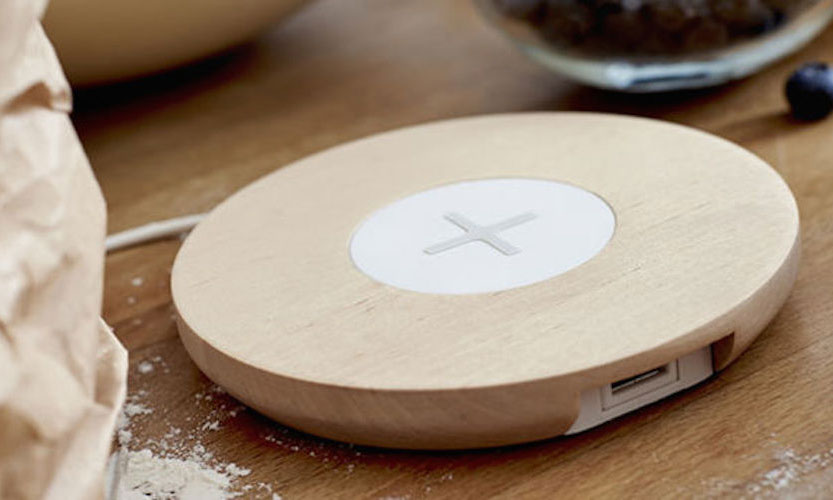
IKEA Deal Gives Wireless-Charging Group a Leg Up
At a time when wireless-charging standards groups are beginning to consolidate, the Wireless Power Consortium is gaining momentum—while staying independent—thanks to a new deal with the home-furnishings chain IKEA.
For some of us, wireless charging can’t come quickly enough.
The process to get us away from outlets is taking a lot longer than imagined, however, and a big reason for the delay is that a perceived market leader hasn’t appeared quite yet. It seems like only the Internet of Things has more attempts at building standards than the wireless-charging field does.
The difference-maker here might turn out to be the low-cost home-furnishings store IKEA. On Monday, the company announced its first wireless-enabled products, a line of “Home Smart” furniture, at the Mobile World Congress, in Barcelona. (Also of note for IKEA hackers: The company is releasing a line of items that can be built into furniture.)
“Through research and home visits, we know that people hate cable mess,” IKEA’s Jeanette Skjelmose said in a news release. “They worry about not finding the charger and running out of power. Our new innovative solutions, which integrate wireless charging into home furnishings, will make life at home simpler.”
The company’s collaboration with Qi Wireless, the wireless standard organized by the Wireless Power Consortium (WPC), makes the new furniture possible. The partnership is notable because Qi is just one of a few wireless charging standards out there—and Qi is feeling pressure to merge with the other organizations. In January, two such standards groups—the Alliance for Wireless Power and the Power Matters Alliance—announced that they were planning to do just that.
The organizations have left the door open for WPC to join the merged group, but WPC Vice President of Development John Perzow suggested to the The Wall Street Journal that the group, which represents more than 200 corporate members, was in it for the long haul.
“The one core promise that Qi delivers on for consumers and industry is this: When you buy Qi, you know it works today, tomorrow, and well into the future, even as features and advances evolve,” Perzow said.
Barriers to Uptake
IKEA’s home hackers could prove to be Qi’s turning point—but there are a couple of factors that could hurt the technology’s uptake. First, not many devices support Qi’s technology—a particularly notable omission is Apple—and the tech itself is relatively weak at the moment.
“You also can’t use it to charge all of your gear; the Wireless Power Consortium, which developed the Qi standard, says its transmitters are all 5W models, good enough for charging up a phone,” Wired writer Tim Moynihan wrote on Tuesday. “7.5W and 15W transmitters are in production—more useful for faster phone charging and charging tablets—but the kind of firepower needed to charge a laptop is still a ways off.”
But WPC is nonetheless bullish on the offering.
“IKEA is delivering on its vision of making life at home better with this innovative, stylish and useful new collection that show consumers the beauty and simplicity of wireless charging,” WPC Chairman Menno Treffers said in a news release. “We applaud IKEA for its unmatched insight and their unique passion for making wireless charging affordable and simple for consumers.”






Comments